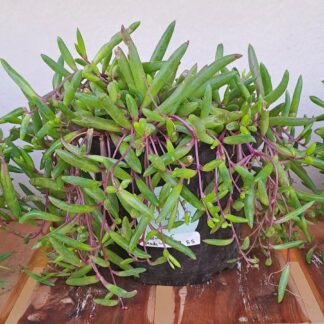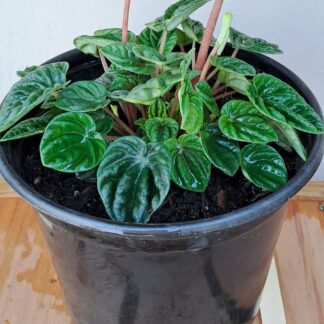Description
-
Climate: The Western Cape has a Mediterranean climate with hot, dry summers and cool, wet winters. Hanepoot grapes thrive in these conditions, but protection from extreme heat and frost may be necessary, especially in certain microclimates.
-
Soil: The soil in the Western Cape varies, but well-draining sandy or loamy soils are generally suitable for Hanepoot grapes. Soil pH levels should be around 6.0 to 6.5 for optimal growth.
-
Sunlight: Provide ample sunlight by planting Hanepoot grapevines in a location where they can receive at least 6-8 hours of direct sunlight per day.
-
Watering: While Hanepoot grapes are drought-tolerant, regular watering during the growing season is essential, especially during hot, dry periods. However, be cautious not to overwater, as good drainage is crucial.
-
Pruning: Regular pruning, typically done in late winter or early spring, helps manage vine size, promote airflow, and encourage fruit production.
-
Support: Since Hanepoot grapevines are vigorous climbers, sturdy support structures such as trellises or pergolas are necessary to support their growth.
-
Fertilizing: Apply balanced fertilizer in early spring to provide essential nutrients for healthy growth and fruit development. Avoid excessive nitrogen, which can lead to excessive foliage growth.
-
Pest and Disease Management: Monitor for common grape pests and diseases in the Western Cape, such as mealybugs, grapevine leafroll virus, and downy mildew. Implement appropriate pest and disease management strategies to protect your vines.






Reviews
There are no reviews yet.